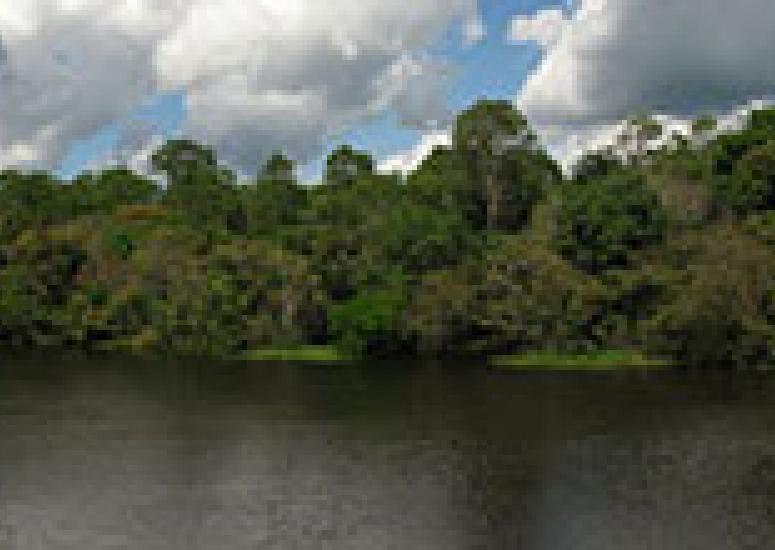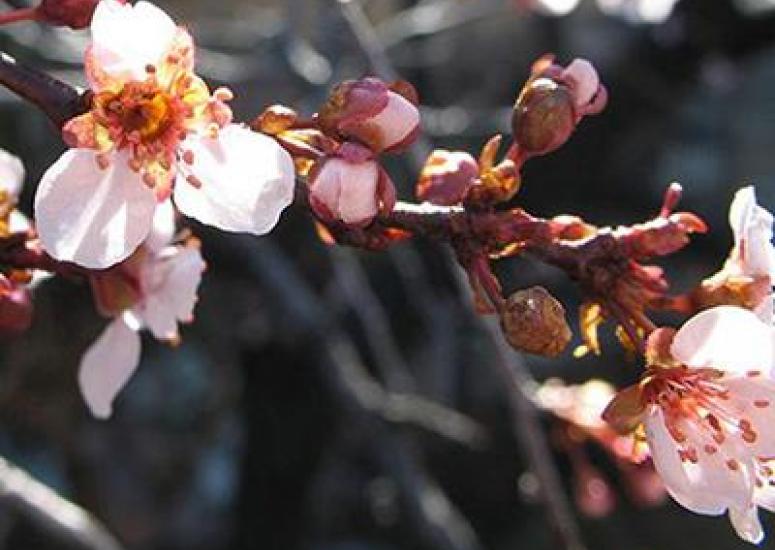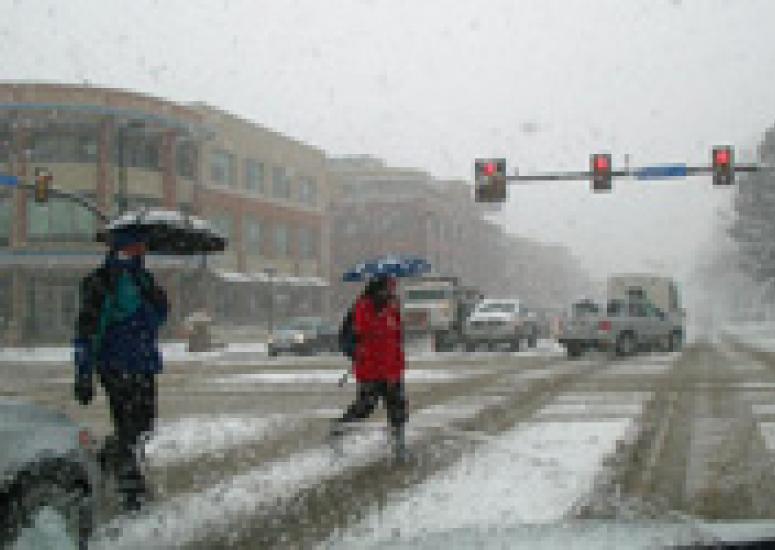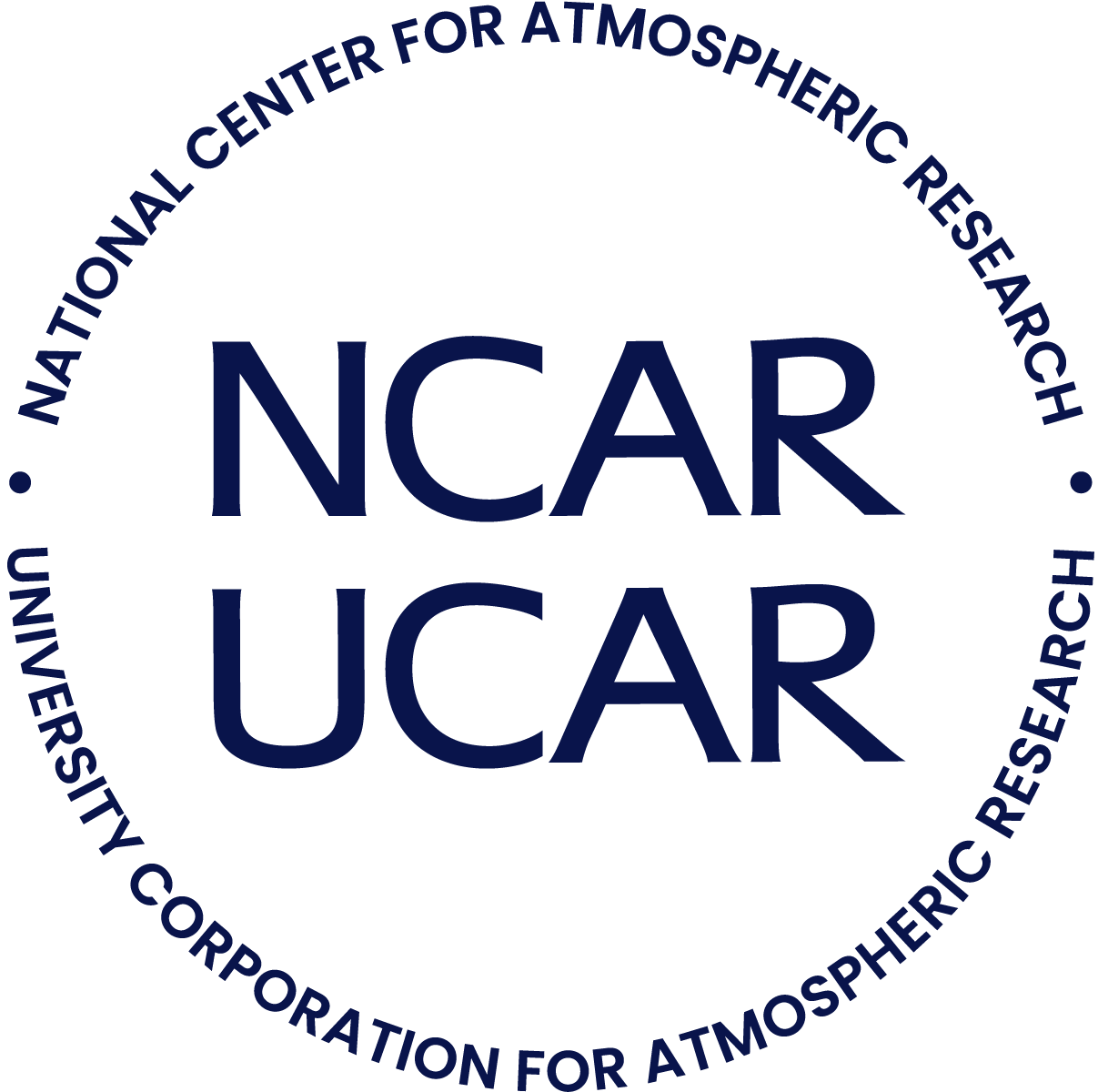-

The forest and the trees
During the stormy summer of 2005, hurricanes Katrina and Rita raised concerns about the potential effects of global warming on tropical cyclones. At the same time, the Amazon rainforest was experiencing one of its most intense droughts of the last century.
- Climate
-
Study finds southern Europe, Mediterranean at risk for heat wave health risks
A study led by NCAR visiting scientist Erich Fischer analyzes regional climate simulations to project where heat-wave-related health risks will increase in Europe as Earth’s climate warms.
- Climate
-

"Ten Most Wanted" plants inspected for clues to climate change
Students, gardeners, retirees, and other volunteers taking part in a nationwide initiative, Project BudBurst, are finding hints that certain plants are blooming unusually early.
- Education + Outreach,
- Climate
-

"Missing" heat may affect future climate change
Current observational tools cannot account for roughly half of the heat that is believed to have built up on Earth in recent years.
- Climate
-

Wet, cool, and wild: The winter of 2009–2010
The downpours of March suggest that the most noteworthy aspect of the Northeast’s winter was the intense precipitation rather than unusually cold air.
- Climate

